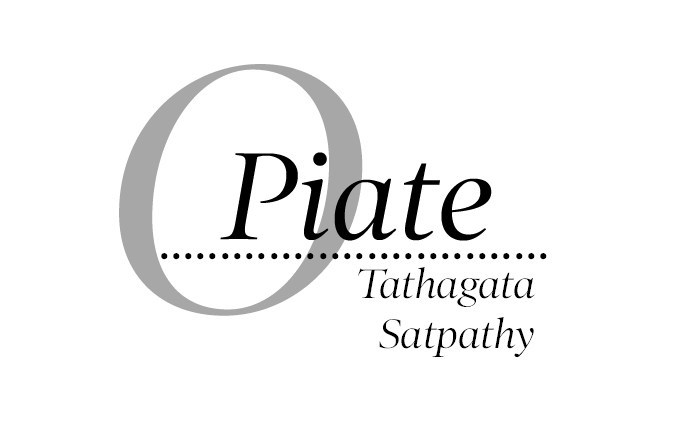Running a media establishment is an expensive and difficult proposition, be it print, TV or internet based. Overhead costs are high and unbearable for most, and these establishments somehow make ends meet. Except for a few that have other business interests and the media arm is a stick for protection, hardly any media establishment is making any profits. For most in this profession, it is simply a mix of an obsession and a passion. Remaining afloat even in difficulties gives them a kick, which keeps these establishments ticking. This is not to ignore the fact there are also the agenda-driven entities in this field backed by big business houses, mining barons, politicians and racketeers.
Advertisements form the central lifeline for every single media house across the world.
Now, news is that some of the top Indian brands that spend a lot for advertisements want to join hands and tell TV channels that they would ‘pull the plug’ on adverts if they do not stop being toxic in their programmes. The reference obviously is to the hate campaign of the kind Sudarshan TV engaged in recently by raising allegations like a ‘UPSC Jihad’ being masterminded by a minority community to infiltrate the government services with its members. Amul, with a large advert budget, was subjected to severe social media attack on its placement of ads on such a channel. Now major companies themselves are threatening a boycott of such channels seeking to raise their TRP ratings in questionable ways and at the expense of social peace and harmony.
Undoubtedly, adverts keep the media ticking because even business houses with huge wealth learned the hard way in the past that they cannot sustain a media by liberal funding from their own cash chests. This scenario has worsened not only in the current fiscal for Covid but the gradual slump that started in 2016, after Demonetization, suddenly started caving in after announcement of the lockdowns that have been in place for months together.
The frenzy of most TV channels to engage in sensationalism with a view to raise their TRP ratings is well-known. The Supreme Court, earlier this month had asked the government to effect checks on such indulgences. The government, instead, tried to use the opportunity for its own benefit and responded by telling the SC to have this started with social media instead. That obviously is because the people in power today find it nearly impossible to rein in social media whereas it is the same media that had helped them usurp power six years ago.
Be it TV or print or even social media, it is extremely difficult to have rules of the game. Who will frame the rules for the media in such a large and divergent country like India?
This is not a circus with a ring. While controls are necessary, those cannot be uniform and there should be no single authority in this system to do it as that is bound to lead to gross misuse of the power in ways as to muzzle media freedom. In fact, the Indian media is already guided by a framework of regulations and the general conduct of the media is not objectionable. Rather, unfortunately, the Indian media is showing spectacular and shameless signs of submission to the authorities. The tendency on their part seems to be to crawl when asked to bend. Governmental muscle-flexing is difficult to bear in the overall context that exists today. That is why media acts in a meek manner vis-à-vis governmental stands on various issues of public importance. The result is media is progressively losing its sheen. While no one can condone publication or telecast of material that could hurt any particular community, minorities or majority notwithstanding, control by government on media, once permitted, will become a permanent fixture which will damage the democratic structures of this society.
A collective muscle-flexing by the advertising community, the big-budget corporates and such other entities in business, to impress upon the media to behave properly and not destroy the delicate social balance that is holding a country like India together, may be the best way ahead. This may not be seen as an interference in the freedom of functioning of the media. Overall, the Indian media has been evolving with a lot of stress.
At an individual level, each business entity is well within its limit to decide whether to put an advertisement in a particular channel or journal. However, an organised voice gives out a clear message that even if the government has other devious plans, business interests wish to keep the country calm and peaceful by roping in wayward media houses. This is understandable since disquiet and divisions among the people can never help businesses. This united response by Indian business houses is a first time ever case. It probably got impetus by watching American business houses taking a similar stand against Facebook and some few other media giants who were openly abetting hate and violence by Trump supporters.
Kudos to Indian business houses which, though a bit late, have thought of this country and not just their own profits in taking such a brave stand.
